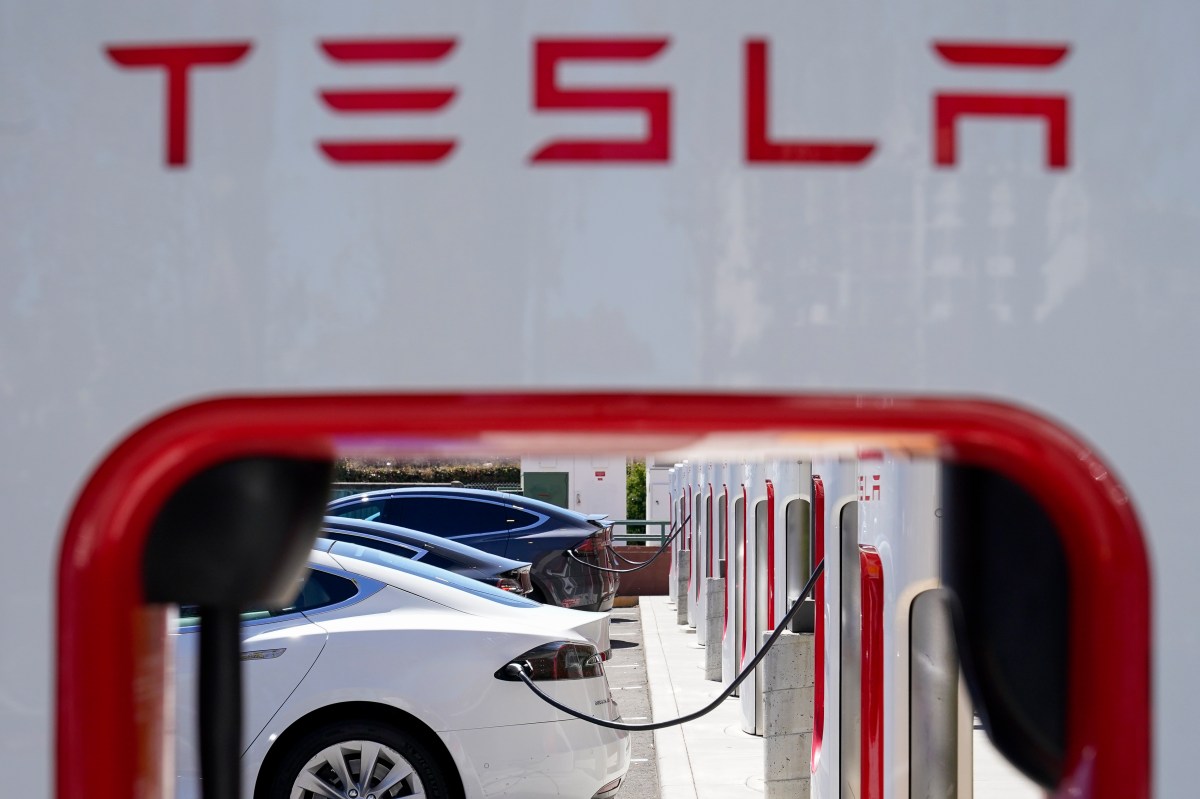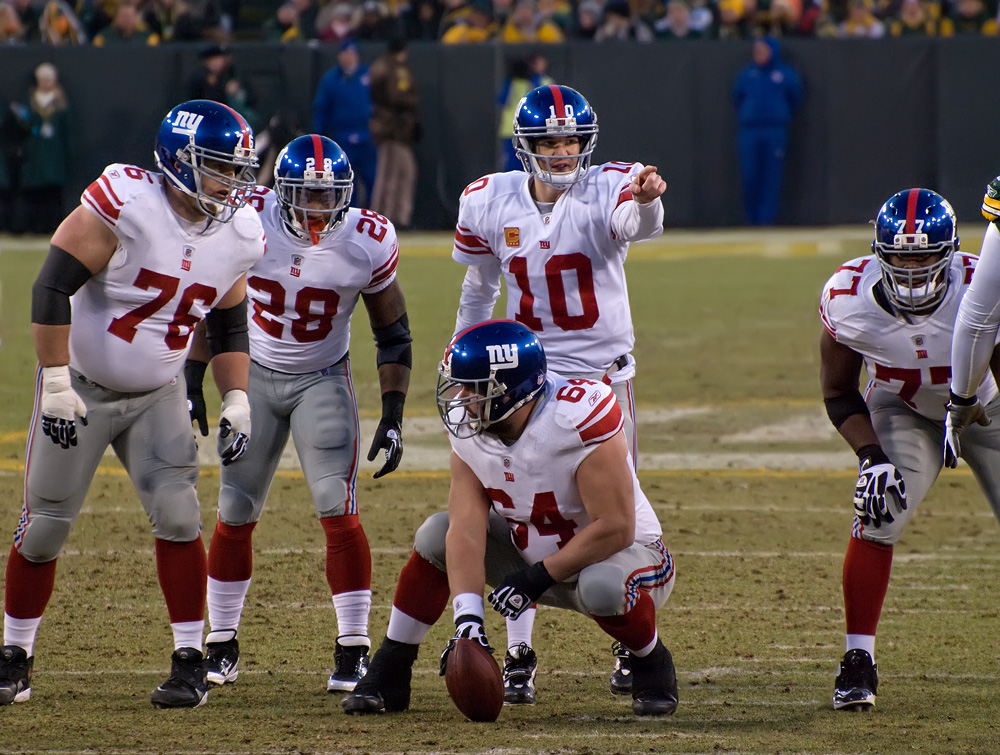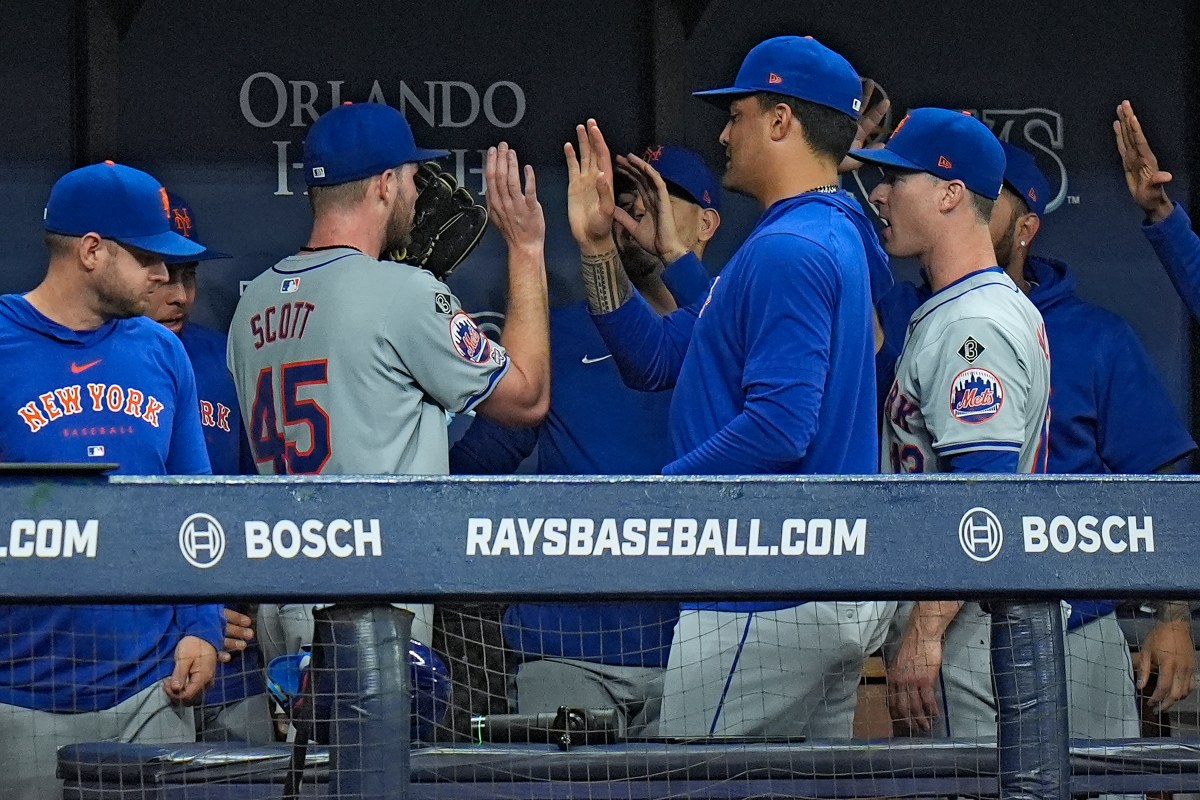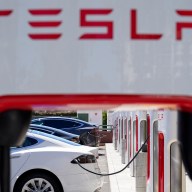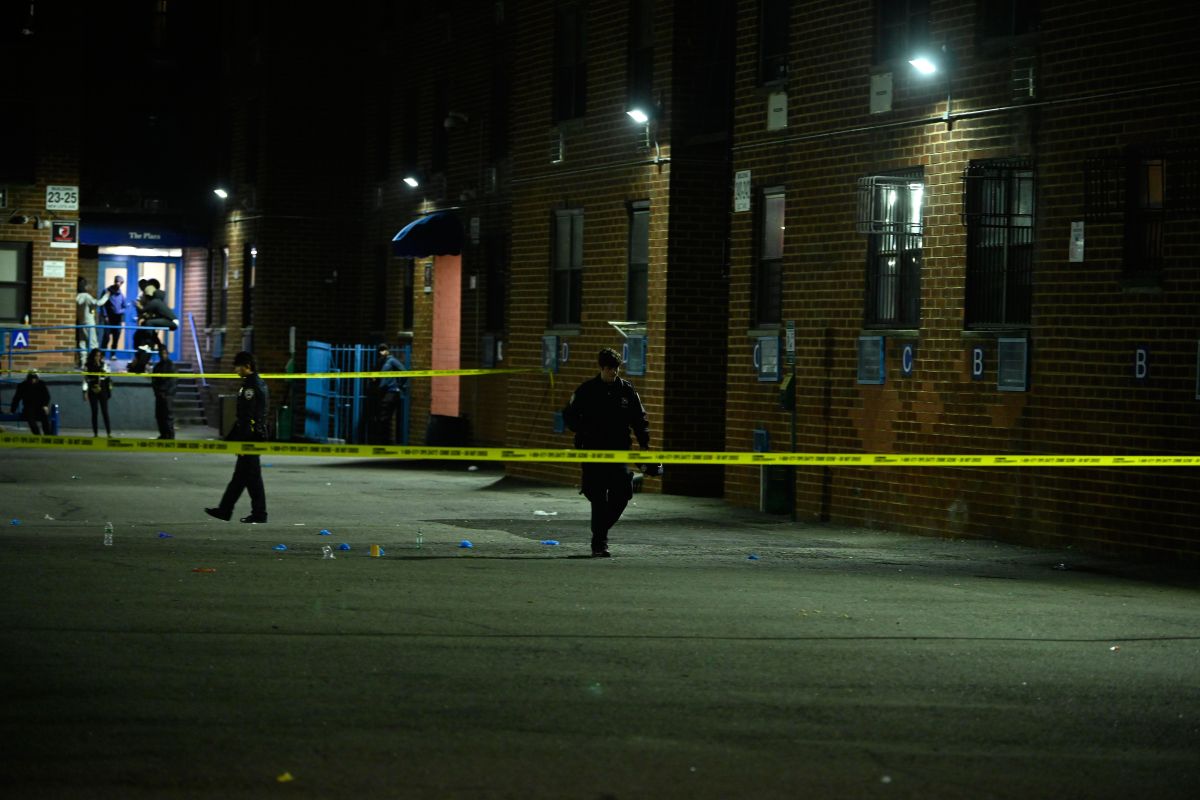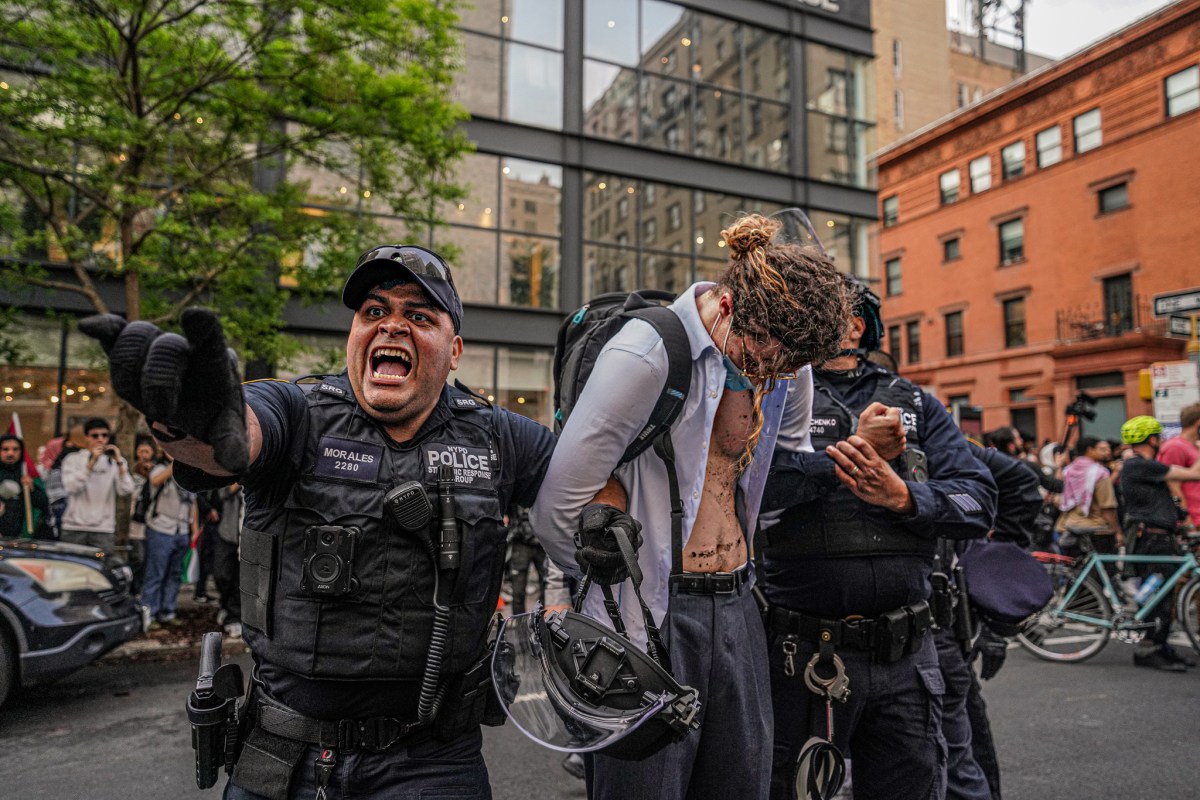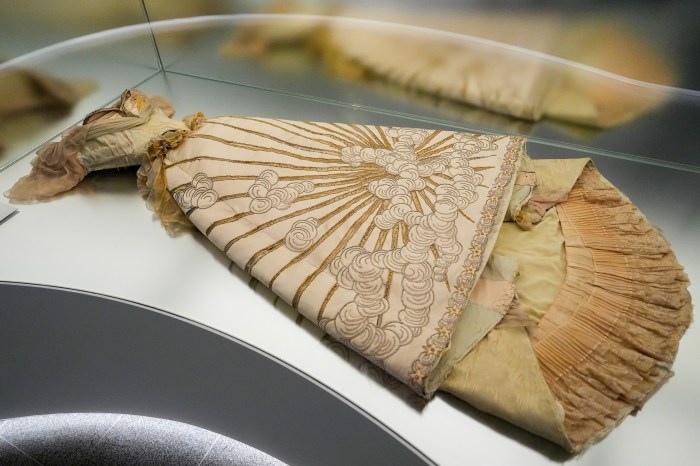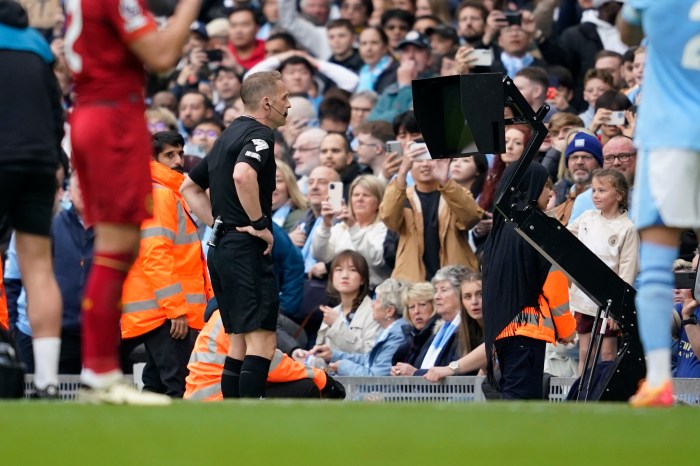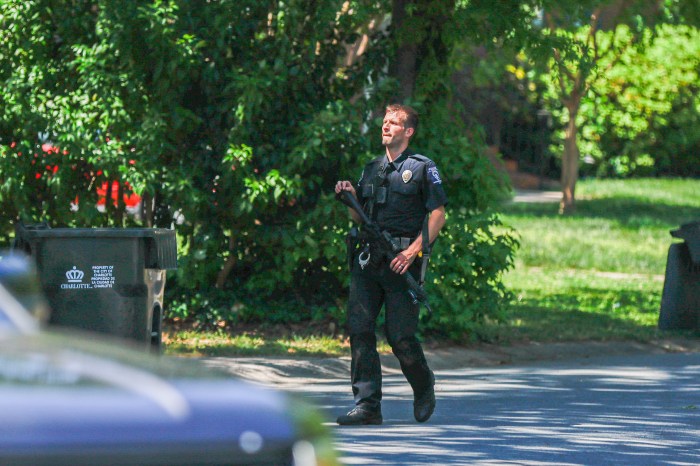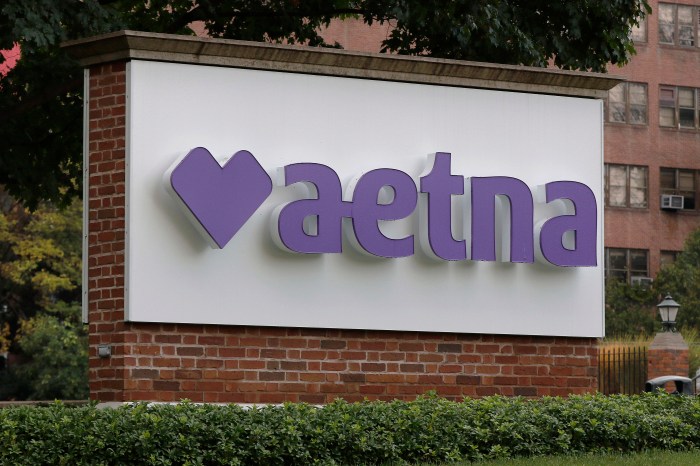DETROIT (AP) — Federal highway safety investigators want Tesla to tell them how and why it developed the fix in a recall of more than 2 million vehicles equipped with the company’s Autopilot partially automated driving system.
Investigators with the U.S. National Highway Traffic Safety Administration have concerns about whether the recall remedy worked because Tesla has reported 20 crashes since the remedy was sent out as an online software update in December.
The recall fix also was to address whether Autopilot should be allowed to operate on roads other than limited access highways. The fix for that was increased warnings to the driver on roads with intersections.
But in a letter to Tesla posted on the agency’s website Tuesday, investigators wrote that they could not find a difference between warnings to the driver to pay attention before the recall and after the new software was released. The agency said it will evaluate whether driver warnings are adequate, especially when a driver-monitoring camera is covered.
The agency asked for volumes of information about how Tesla developed the fix, and zeroed in on how it used human behavior to test the recall effectiveness.
Phil Koopman, a professor at Carnegie Mellon University who studies automated driving safety, said the letter shows that the recall did little to solve problems with Autopilot and was an attempt to pacify NHTSA, which demanded the recall after more than two years of investigation.
“It’s pretty clear to everyone watching that Tesla tried to do the least possible remedy to see what they could get away with,” Koopman said. “And NHTSA has to respond forcefully or other car companies will start pushing out inadequate remedies.”
Safety advocates have long expressed concern that Autopilot, which can keep a vehicle in its lane and a distance from objects in front of it, was not designed to operate on roads other than limited access highways.
Missy Cummings, a professor of engineering and computing at George Mason University who studies automated vehicles, said NHTSA is responding to criticism from legislators for a perceived lack of action on automated vehicles.
“As clunky as our government is, the feedback loop is working,” Cummings said. “I think the NHTSA leadership is convinced now that this is a problem.”
The 18-page NHTSA letter asks how Tesla used human behavior science in designing Autopilot, and the company’s assessment of the importance of evaluating human factors.
It also wants Tesla to identify every job involved in human behavior evaluation and the qualifications of the workers. And it asks Tesla to say whether the positions still exist.
A message was left by The Associated Press early Tuesday seeking comment from Tesla about the letter.
Tesla is in the process of laying off about 10% of its workforce, about 14,000 people, in an effort to cut costs to deal with falling global sales.
Cummings said she suspects that CEO Elon Musk would have laid off anyone with human behavior knowledge, a key skill needed to deploy partially automated systems like Autopilot, which can’t drive themselves and require humans to be ready to intervene at all times.
“If you’re going to have a technology that depends upon human interaction, you better have someone on your team that knows what they are doing in that space,” she said.
Cummings said her research has shown that once a driving system takes over steering from humans, there is little left for the human brain to do. Many drivers tend to overly rely on the system and check out.
“You can have your head fixed in one position, you can potentially have your eyes on the road, and you can be a million miles away in your head,” she said. “All the driver monitoring technologies in the world are still not going to force you to pay attention.”
In its letter, NHTSA also asks Tesla for information about how the recall remedy addresses driver confusion over whether Autopilot has been turned off if force is put on the steering wheel. Previously, if Autopilot was de-activated, drivers might not notice quickly that they have to take over driving.
The recall added a function that gives a “more pronounced slowdown” to alert drivers when Autopilot has been disengaged. But the recall remedy doesn’t activate the function automatically — drivers have to do it. Investigators asked how many drivers have taken that step.
NHTSA is asking Telsa “What do you mean you have a remedy and it doesn’t actually get turned on?” Koopman said.
The letter, he said, shows NHTSA is looking at whether Tesla did tests to make sure the fixes actually worked. “Looking at the remedy I struggled to believe that there’s a lot of analysis proving that these will improve safety,” Koopman said.
The agency also says Tesla made safety updates after the recall fix was sent out, including an attempt to reduce crashes caused by hydroplaning and to reduce collisions in high speed turn lanes. NHTSA said it will look at why Tesla didn’t include the updates in the original recall.
NHTSA could seek further recall remedies, make Tesla limit where Autopilot can work, or even force the company to disable the system until it is fixed, safety experts said.
NHTSA began its Autopilot investigation in 2021, after receiving 11 reports that Teslas using Autopilot struck parked emergency vehicles. In documents explaining why the investigation was ended due to the recall, NHTSA said it ultimately found 467 crashes involving Autopilot resulting in 54 injuries and 14 deaths.

